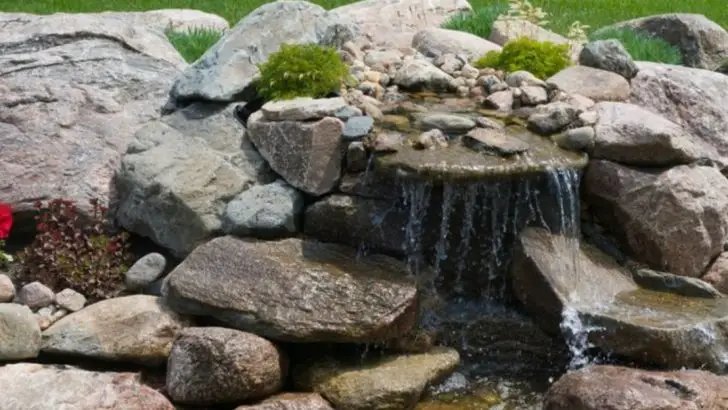Your plants don’t care that you booked a beach trip—they’re still thirsty. Go ahead, pack your bags. But before you do, you’ve got work to do. One missed week in June can turn your garden into a crispy, bug-infested mess. Don’t let that happen. These 18 simple steps will lock your garden into survival mode while you’re sipping something cold by the water. No sad wilted tomatoes. No desperate SOS texts from your neighbor. Just a garden that greets you like nothing ever happened. Go on—vacation like you mean it.
Install Drip Irrigation
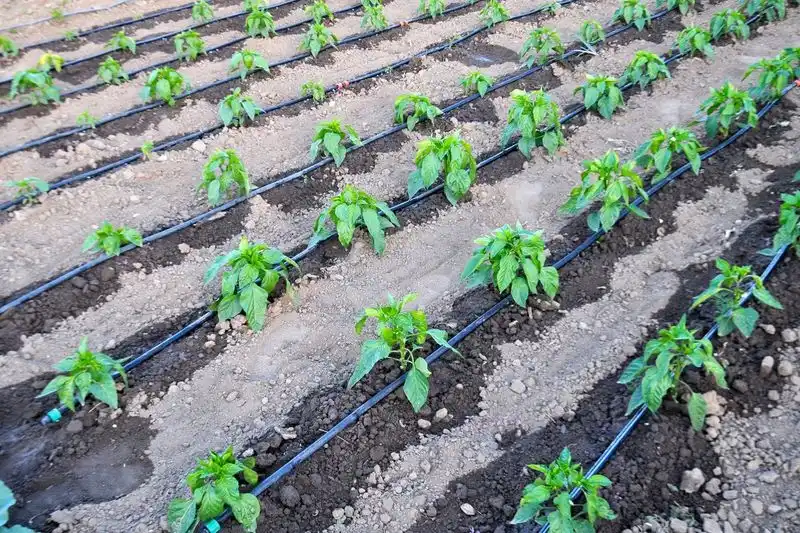
Installing a drip irrigation system can be a game-changer. These systems deliver water directly to the plant roots, minimizing waste. This efficient watering method allows your garden to stay hydrated without daily attention. It’s especially useful in hot climates where evaporation is rapid.
Setting up a timer can further automate the process, ensuring consistent watering even if you’re miles away. The peace of mind alone makes this investment worthwhile.
Apply Mulch
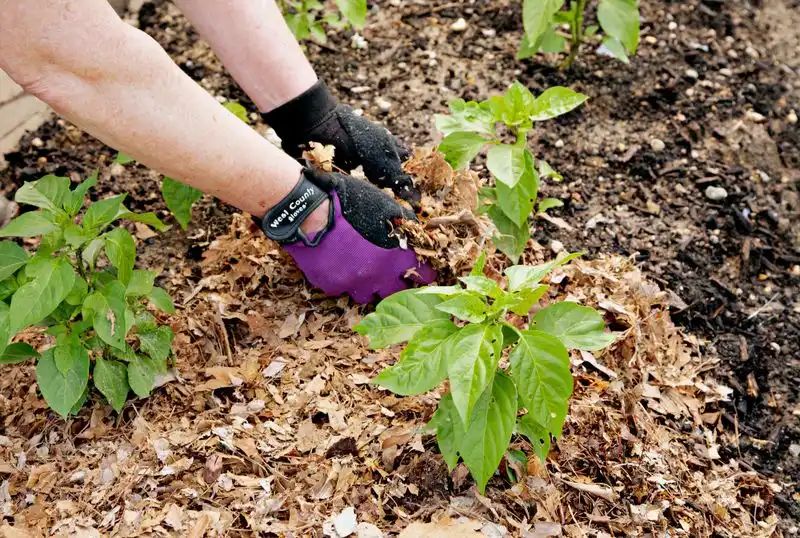
Mulching is like giving your garden a cozy blanket. It helps retain soil moisture, suppresses weeds, and regulates soil temperature. Organic mulches, such as straw or wood chips, also improve soil quality as they decompose.
Before leaving, ensure a thick layer of mulch covers all exposed soil. This will reduce the frequency of watering and protect plants from the summer heat.
Prune Plants Strategically
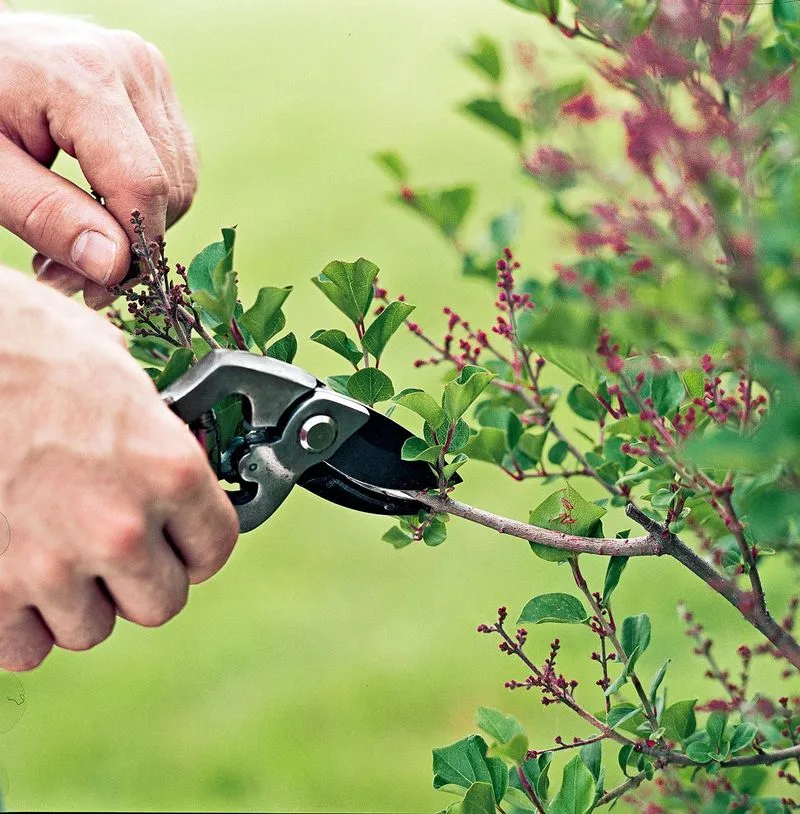
Pruning might seem counterintuitive, but it encourages healthy growth and prevents disease. Remove dead or diseased branches to improve air circulation. This practice also helps plants focus their energy on producing blooms and fruits.
Strategic pruning can reduce the plant’s water needs, making it easier to maintain during your absence. Remember to use clean, sharp tools to avoid damaging the plant.
Use Self-Watering Planters
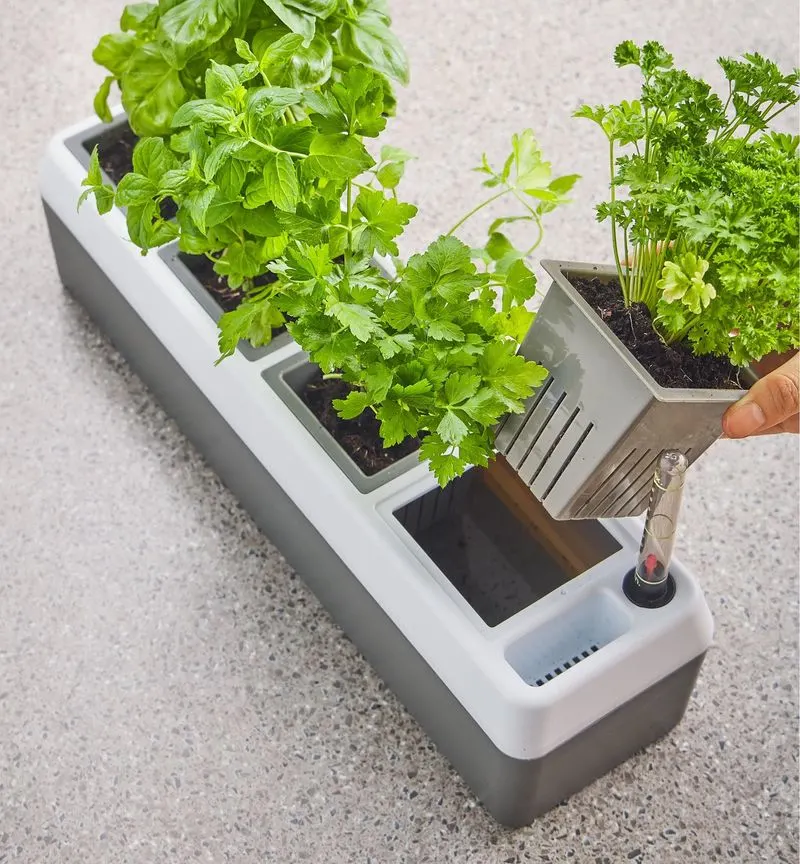
Self-watering planters can keep your plants hydrated for weeks. These containers have a reservoir that supplies water to the soil as needed. Perfect for herbs and small plants, they’re an excellent solution when regular watering isn’t possible.
Choose planters with a size appropriate for your plants to ensure they receive adequate moisture while you’re away. This hands-off approach is perfect for busy travelers.
Install a Rain Barrel

Capturing rainwater is an eco-friendly way to water your garden. Rain barrels collect and store water from your roof, providing a sustainable source during dry spells.
Position your barrel under a downspout for maximum collection. Use this water to hydrate your garden while conserving municipal water supplies. It’s a simple step towards a sustainable and resilient garden.
Create Shade Structures
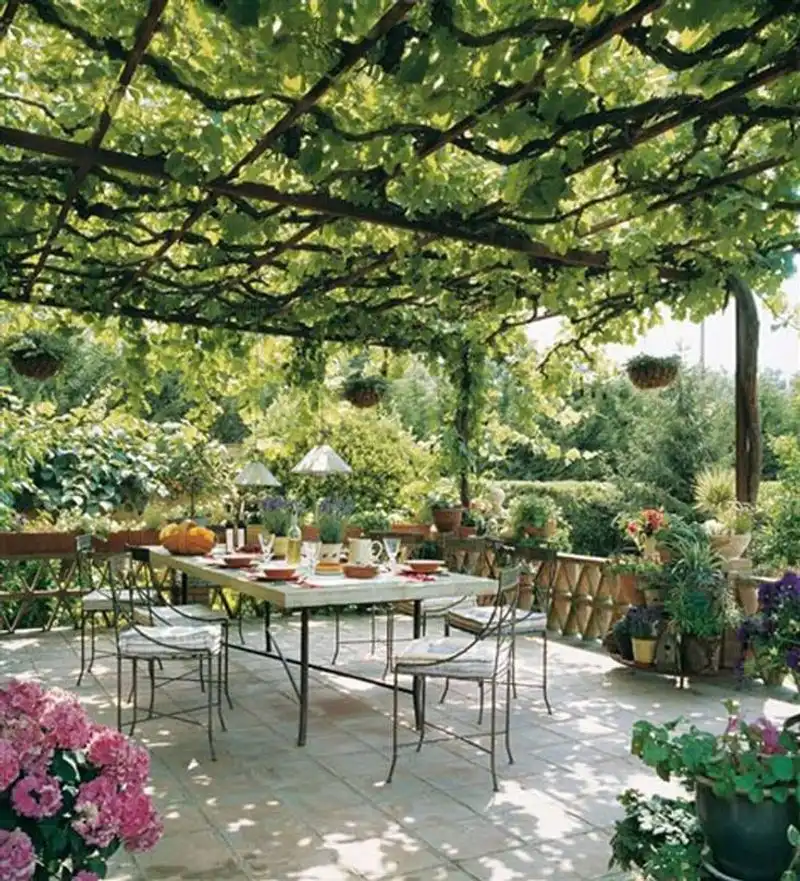
Excessive sunlight can stress plants, especially during hot summer days. Creating shade structures helps protect them from intense heat. Temporary solutions like shade cloths or pergolas can be effective.
Position these structures strategically to ensure your plants receive adequate protection without blocking too much sunlight. This balance is key to maintaining a healthy garden while you’re away.
Choose Drought-Resistant Plants

Drought-resistant plants require less water and can thrive in challenging conditions. Succulents, lavender, and rosemary are excellent choices. By incorporating these plants into your garden, you ensure a resilient and low-maintenance landscape.
Visit your local nursery to explore options suited to your climate. This proactive approach minimizes the demands on your garden during your vacation.
Use Automatic Timers

Automation is your ally when vacation-proofing your garden. Automatic timers control watering systems, lights, and even sprinklers. This technology ensures your garden receives the care it needs without manual intervention.
Set timers according to your garden’s specific needs, considering factors like plant type and weather conditions. This way, you can travel with confidence, knowing your garden is under control.
Invite a Neighbor for Help

Sometimes, a personal touch makes all the difference. Enlist a neighbor to check on your garden while you’re away. They can handle unexpected issues, such as pests or extreme weather, providing your plants with the care they need.
Ensure clear communication about your garden’s needs and offer a small token of appreciation for their help. This collaboration keeps your garden thriving and builds community bonds.
Use Slow-Release Fertilizers
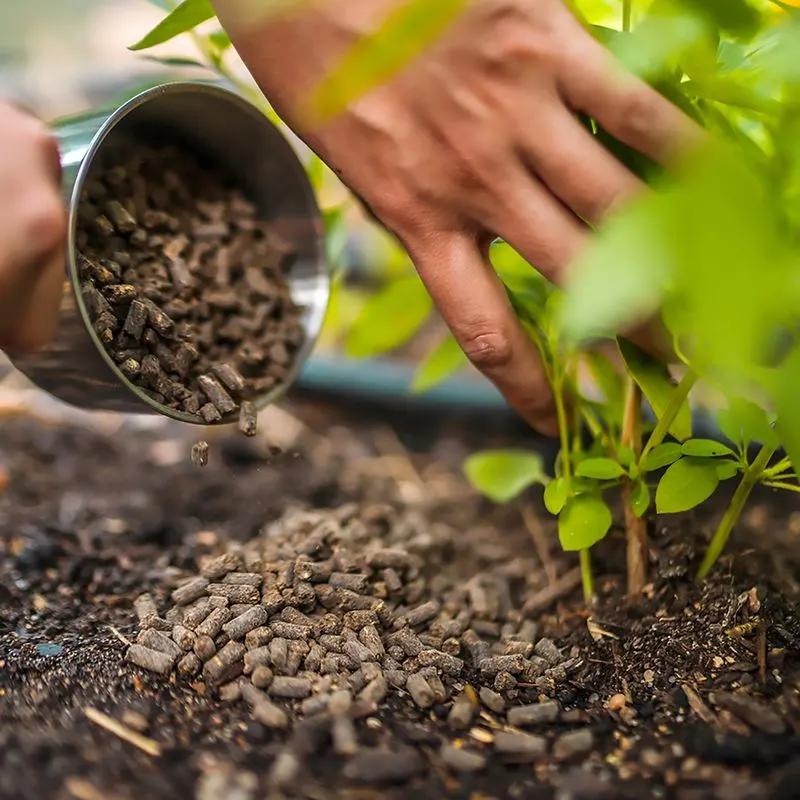
Imagine leaving your garden with a nutrient boost that lasts throughout your vacation. Slow-release fertilizers gradually supply essential nutrients to plants over time. Apply them in early June to support growth and blooming.
These fertilizers come in granule form and are scattered on the soil surface. They are particularly helpful for flowering plants, ensuring vibrant blooms even while you’re not there to tend to them.
Fun fact: Slow-release technology has been inspired by nature’s own methods of nutrient delivery, mimicking the slow decomposition of organic matter found in forests.
Set Up Windbreaks

Protecting your garden from harsh winds can make a significant difference. Windbreaks, such as strategically placed fences or shrubs, help reduce wind speed and protect delicate plants.
Consider using natural materials like bamboo or willow for an eco-friendly option. This is especially useful for gardens in open or exposed areas.
Did you know? Historically, windbreaks have been used in agriculture to prevent soil erosion and protect crops, a practice dating back centuries. This ancient wisdom can still be applied to your modern garden, ensuring resilience during windy days.
Create a Microclimate
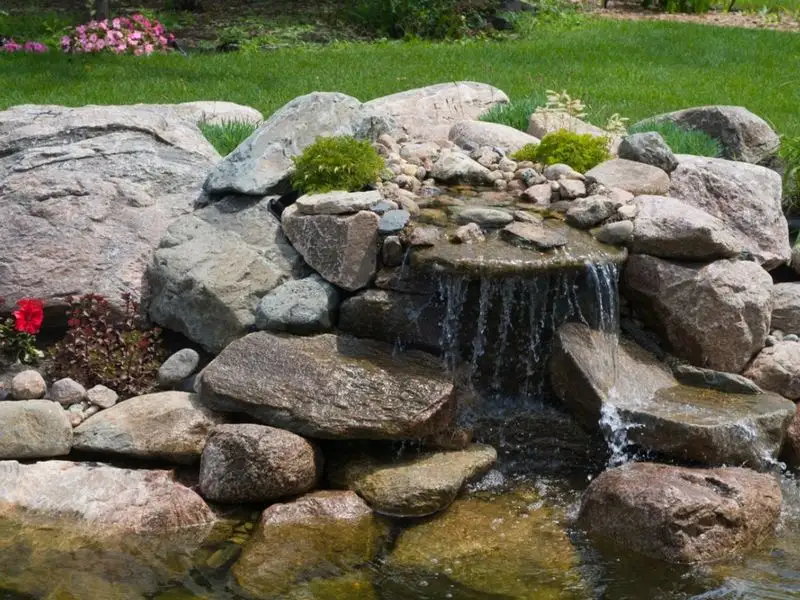
Enhancing your garden’s microclimate can help plants thrive even when unattended. By arranging rocks and water features, you can create a more stable environment.
This technique helps maintain moisture levels and temperature, benefiting sensitive plants. Experiment with different layouts to see what works best for your space.
Fun fact: Garden microclimates are often used in permaculture to mimic natural ecosystems, promoting sustainable growth and biodiversity. Try this at home to experience the wonders of nature’s balance in your backyard.
Install Protective Netting
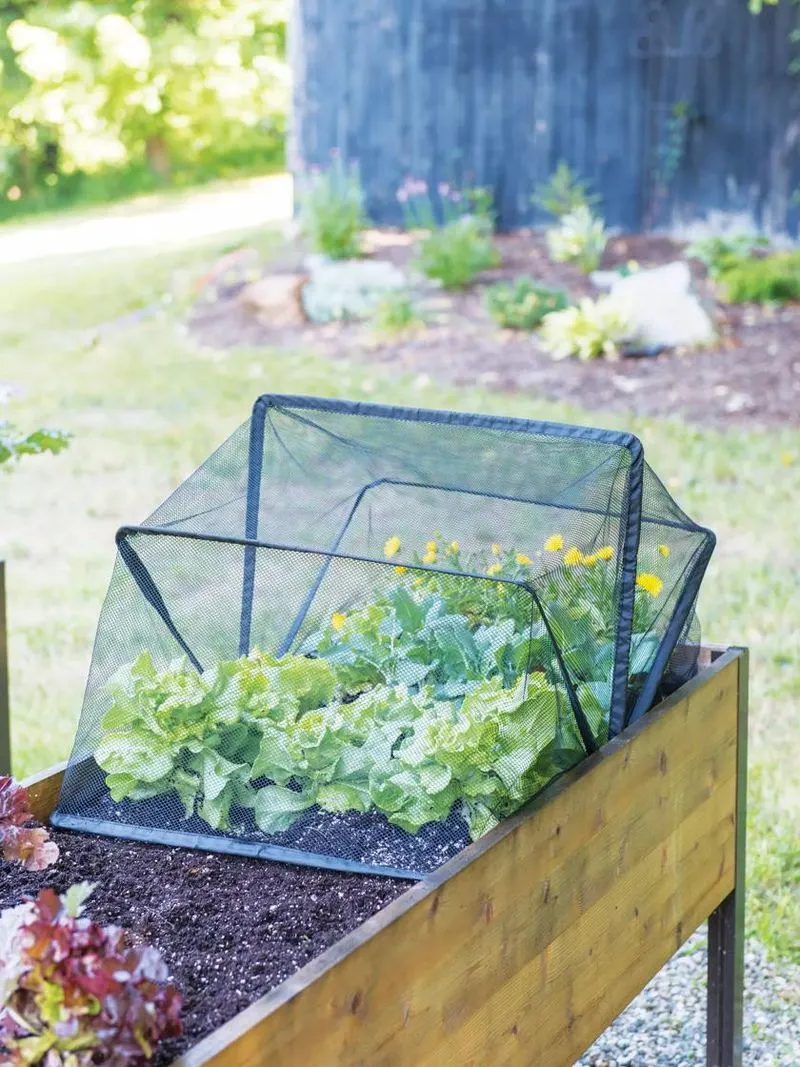
For those who grow vegetables, protective netting can be a lifesaver. It shields plants from hungry birds and insects, ensuring a bountiful harvest.
Install netting over your vegetable beds before you leave for vacation, choosing a mesh size that allows air and light through. This method is particularly useful for leafy greens and berries.
Did you know? Netting has been used for centuries in agriculture to protect crops, with the earliest recorded use dating back to ancient Egypt. It’s a tried-and-true method for safeguarding your produce.
Add Organic Pest Control
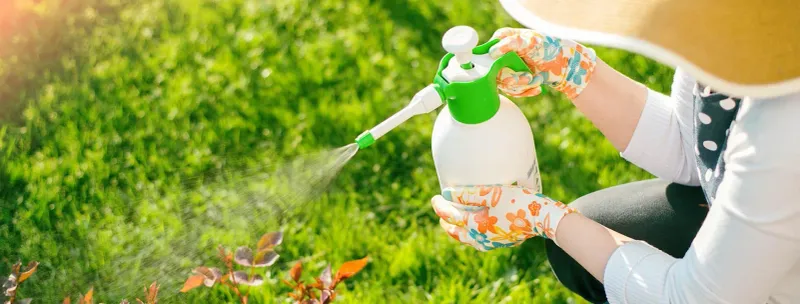
Before jetting off, consider natural pest control solutions to keep your garden healthy. Organic sprays made from neem oil or garlic can deter common garden pests.
These eco-friendly options won’t harm beneficial insects, maintaining the garden’s ecosystem balance. Apply them in early June for optimal protection.
Fun fact: Neem oil, derived from the seeds of the neem tree, has been used for centuries in traditional medicine and agriculture in India. Its pest-repelling properties make it a favorite among organic gardeners worldwide.
Use Greywater Systems

Water conservation meets gardening with greywater systems. These setups recycle water from sinks and showers, providing a sustainable irrigation source.
Perfect for eco-conscious gardeners, these systems help maintain moisture levels while you’re away. Consider installing one in early June to prepare for summer.
Did you know? Greywater reuse has ancient roots, with early systems documented in arid regions like the Middle East, where water scarcity required innovative solutions. Modern adaptations continue to support sustainable gardening practices.
Plant Ground Cover

Ground cover plants offer an attractive and practical solution for garden maintenance. By planting varieties like creeping thyme or sedum, you can suppress weed growth and retain soil moisture.
These plants create a natural carpet, protecting the soil while adding aesthetic appeal. Introduce them in June for a vibrant, low-maintenance garden.
Fun fact: Ground cover plants have been utilized in landscaping for centuries, valued for their ability to control erosion and beautify spaces. Their versatility makes them a gardener’s ally in creating lush, sustainable environments.
Install a Garden Camera
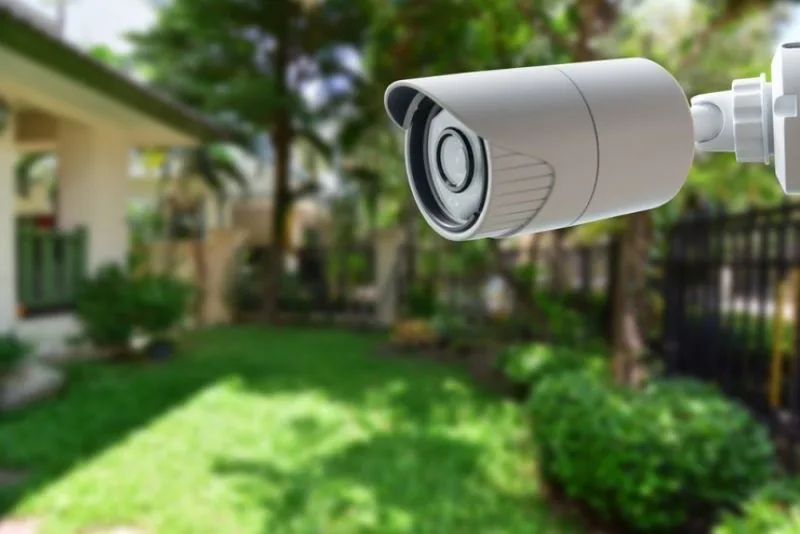
For peace of mind while you travel, consider installing a garden surveillance camera. These devices help monitor the garden environment, capturing activity in real-time.
Set up motion alerts to receive notifications of any disturbances. This technology is especially useful for identifying pest or animal intrusions.
Did you know? Garden cameras have become increasingly popular among urban gardeners looking to protect their green spaces. With advancements in home security, they offer a modern solution for garden monitoring, combining technology with nature.

